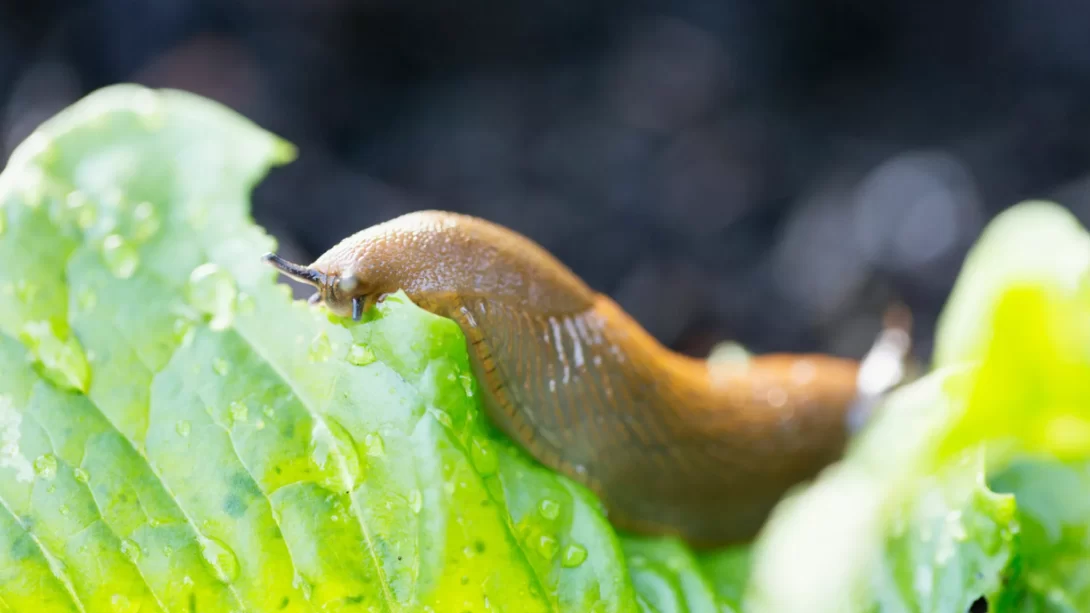Slugs, often encountered in moist environments, are a common but frequently misunderstood part of the animal kingdom. A frequent question about these creatures pertains to their sensory organs, particularly their eyes. This article aims to explore the anatomy of slugs, with a special focus on their eyes and vision, offering insights into how these creatures interact with their surroundings.
Slugs: Basic Anatomy
Slugs belong to the class Gastropoda, making them close relatives of snails, but without the prominent shell. Their bodies are soft, muscular, and elongated, adapted for their terrestrial lifestyle. A key feature of slug anatomy is their sensory organs. Located on their head are tentacles, which play a crucial role in their sensory perception, including sight.
The Eyes of Slugs
Slugs possess a unique set of eyes. Unlike vertebrates, their eyes are located at the tips of their upper tentacles, also known as eye stalks. These eye stalks can move and retract, aiding in environmental perception. The structure of slug eyes is relatively simple compared to more advanced organisms, consisting of a lens and light-sensitive cells.
Vision Capabilities of Slugs
Slugs, with their distinct eye placement, have a vision system that is rudimentary compared to many other animals. Their eyes are primarily designed to detect light, dark, and movement. This allows slugs to discern changes in light intensity and motion, which is essential for navigating their environment. However, slugs do not have the ability to see detailed images or distinguish colors as humans or other animals with more complex eyes can.
The Role of Eyes in Slug Behavior
The vision of slugs plays a critical role in their daily activities. While their eyesight is limited in clarity, it is sufficient for detecting predators, finding food, and avoiding obstacles. Slugs rely on a combination of their vision and other sensory inputs, such as touch and chemical detection, to interact with their surroundings. This sensory integration is crucial for their survival, especially in the variable and often hazardous environments they inhabit.
Adaptations and Evolution of Slug Eyes
The evolution of slug eyes reflects an adaptation to their specific needs and habitats. Unlike their snail relatives, which have a protective shell, slugs are more exposed to environmental threats. As a result, the placement and functionality of their eyes are a compromise between the need for environmental awareness and the need for protection – hence their retractable nature. Over time, slugs have evolved to maximize their sensory input with minimal physical structures.
Frequently Asked Questions About Slugs and Their Eyes
Addressing common inquiries provides further clarity on the vision and eye anatomy of slugs:
- Can slugs regrow their eyes? Slugs have remarkable regenerative abilities. If they lose an eye stalk, they can often regrow it, though the process takes time.
- Do slugs have good night vision? Given their sensitivity to light and dark, slugs are better adapted to low-light conditions, which aligns with their nocturnal behavior.
- How do slugs respond to light? Slugs generally prefer dark, moist environments. Bright light can be disorienting or repellent to them, which is why they are more active during the night or in shaded areas.
- Are slugs blind? While slugs cannot see in the same way humans or many animals do, they are not blind. Their ability to detect light and movement provides them with essential visual information.
Debunking Myths and Clarifying Misconceptions
It’s important to debunk the myth that slugs are completely blind or that they rely solely on their sense of touch. While their vision is limited, it is functional and significant for their survival. Additionally, the belief that slugs are harmful pests overlooks their role in the ecosystem, such as breaking down decomposing matter and serving as food for other wildlife.
Conclusion
Slugs possess a unique and fascinating eye structure that, while not offering detailed vision, plays a vital role in their survival. Their eyes, located on retractable stalks, allow them to navigate their environment effectively, detecting light, dark, and movement. Understanding the vision capabilities of slugs and their evolutionary adaptations offers a glimpse into the diverse and remarkable world of invertebrate sensory biology. This knowledge not only enhances our understanding of slugs but also enriches our appreciation for the complexity and adaptability of life in various ecological niches.



